Important Cardiovascular Tests After Age 50

Important Cardiovascular Tests After Age 50
As we age, maintaining cardiovascular health becomes increasingly vital, especially after reaching 50. Heart disease remains the leading cause of death in the United States, and proactive screening can help detect issues early, prevent complications, and improve overall health outcomes. This article outlines essential cardiovascular tests for individuals over 50, explaining their purpose, frequency, and importance.

Why Cardiovascular Screening Matters After 50
Aging brings changes to the vascular system, including reduced arterial elasticity, increased blood pressure, and higher cholesterol levels. Combined with lifestyle factors such as stress, inactivity, and poor diet, these changes elevate the risk of cardiovascular diseases like coronary artery disease (CAD), stroke, and hypertension .6 .7. Regular screenings allow early detection of risk factors and conditions, enabling timely intervention.

Key Cardiovascular Tests
Below are the most recommended cardiovascular tests for individuals aged 50 and older:

1. Blood Pressure Check
-
Purpose: Measures the force of blood against artery walls to detect hypertension (high blood pressure), a major risk factor for heart disease and stroke.
-
Frequency: At least annually if readings are normal (<120/80 mm Hg); more frequently if elevated .2 .12.
-
Importance: Hypertension often has no symptoms but can lead to serious complications like heart attacks or kidney damage. Regular monitoring helps manage risks effectively .7.

2. Cholesterol Test
-
Purpose: Evaluates levels of LDL (bad cholesterol), HDL (good cholesterol), triglycerides, and total cholesterol.
-
Frequency: Every 4–6 years for normal-risk individuals; more often if there are risk factors like diabetes or obesity .2 .15.
-
Importance: High cholesterol contributes to plaque buildup in arteries, increasing the risk of CAD and stroke. Early detection allows for dietary changes or medication to control levels .6 .12.
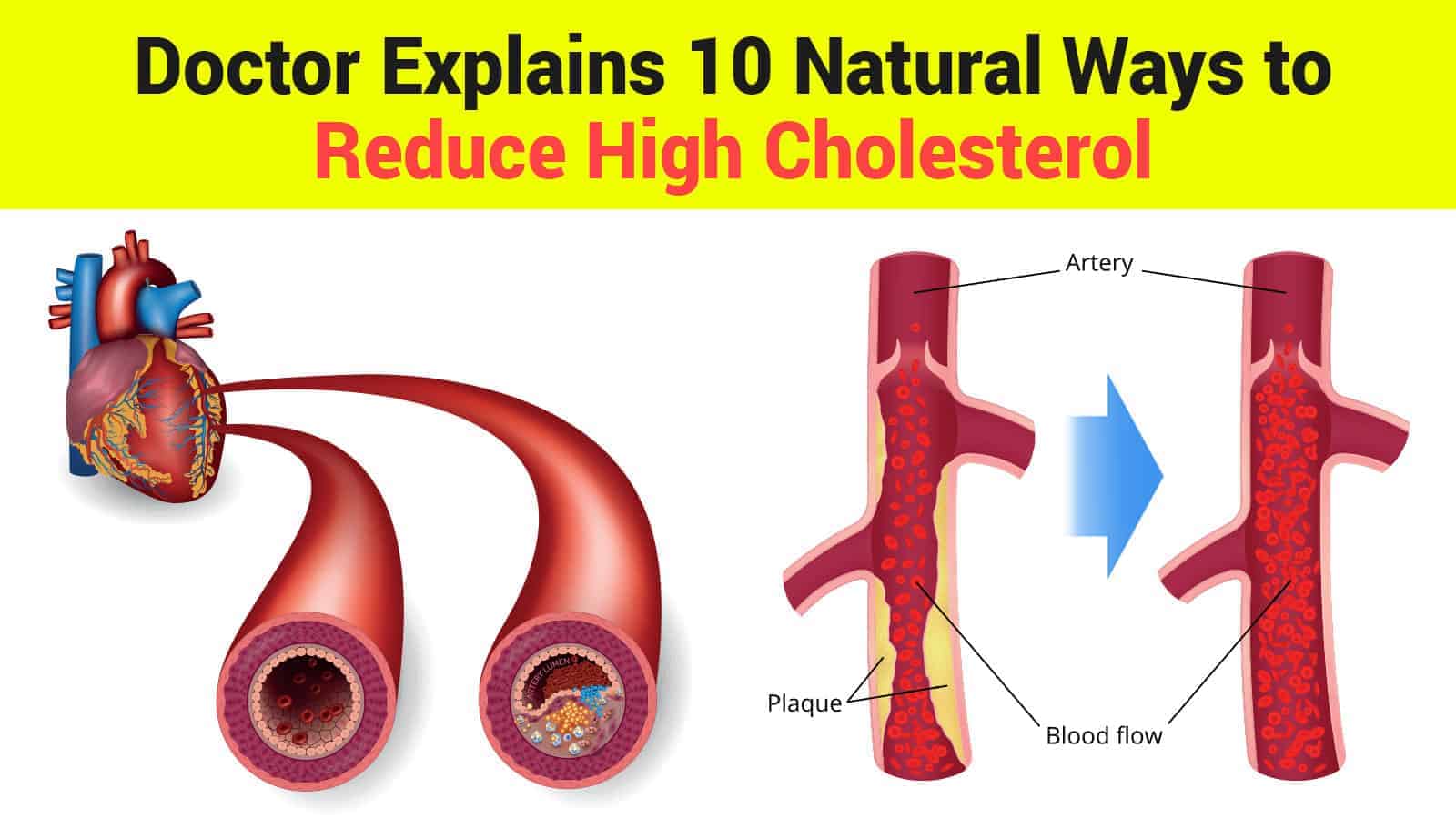
3. Blood Glucose Test
-
Purpose: Screens for diabetes by measuring fasting blood sugar levels.
-
Frequency: Every three years starting at age 45; annually if at higher risk .3 .15.
-
Importance: Diabetes significantly increases the risk of heart disease. Managing blood sugar levels can prevent complications like kidney damage or neuropathy .6.
:max_bytes(150000):strip_icc()/VWHEVERGREEN-BloodSugarLevelChart-ReadingsinOlderAdults-final-01dcb2bd62924a5996a37ed092eaee63.png)
4. Electrocardiogram (ECG/EKG)
-
Purpose: Records the electrical activity of the heart to detect arrhythmias, heart attacks, or other abnormalities.
-
Frequency: As needed based on symptoms like chest pain or irregular heartbeat .3 .15.
-
Importance: An ECG provides critical insights into heart health and can guide further diagnostic tests or treatments .12.
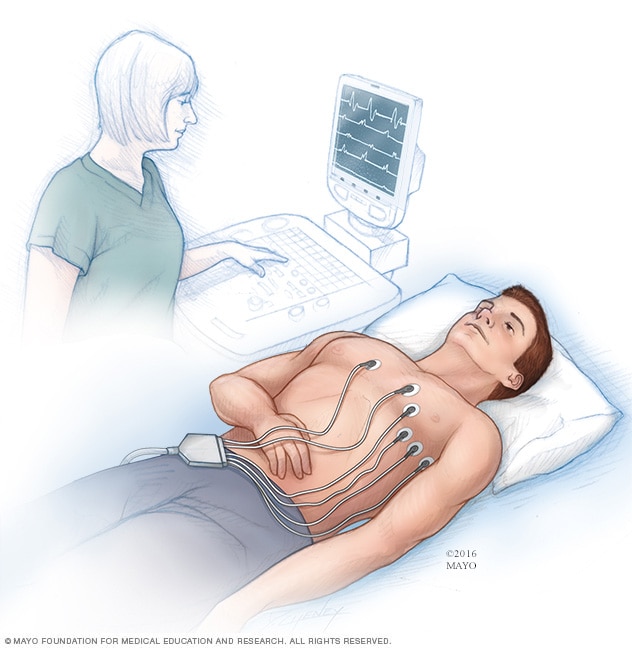
5. Exercise Stress Test
-
Purpose: Assesses how well the heart performs under physical stress by monitoring heart rate, rhythm, and blood pressure during exercise.
-
Frequency: Recommended for individuals with symptoms or a family history of heart disease .3.
-
Importance: Identifies issues like reduced blood flow to the heart that might not appear during rest .3.
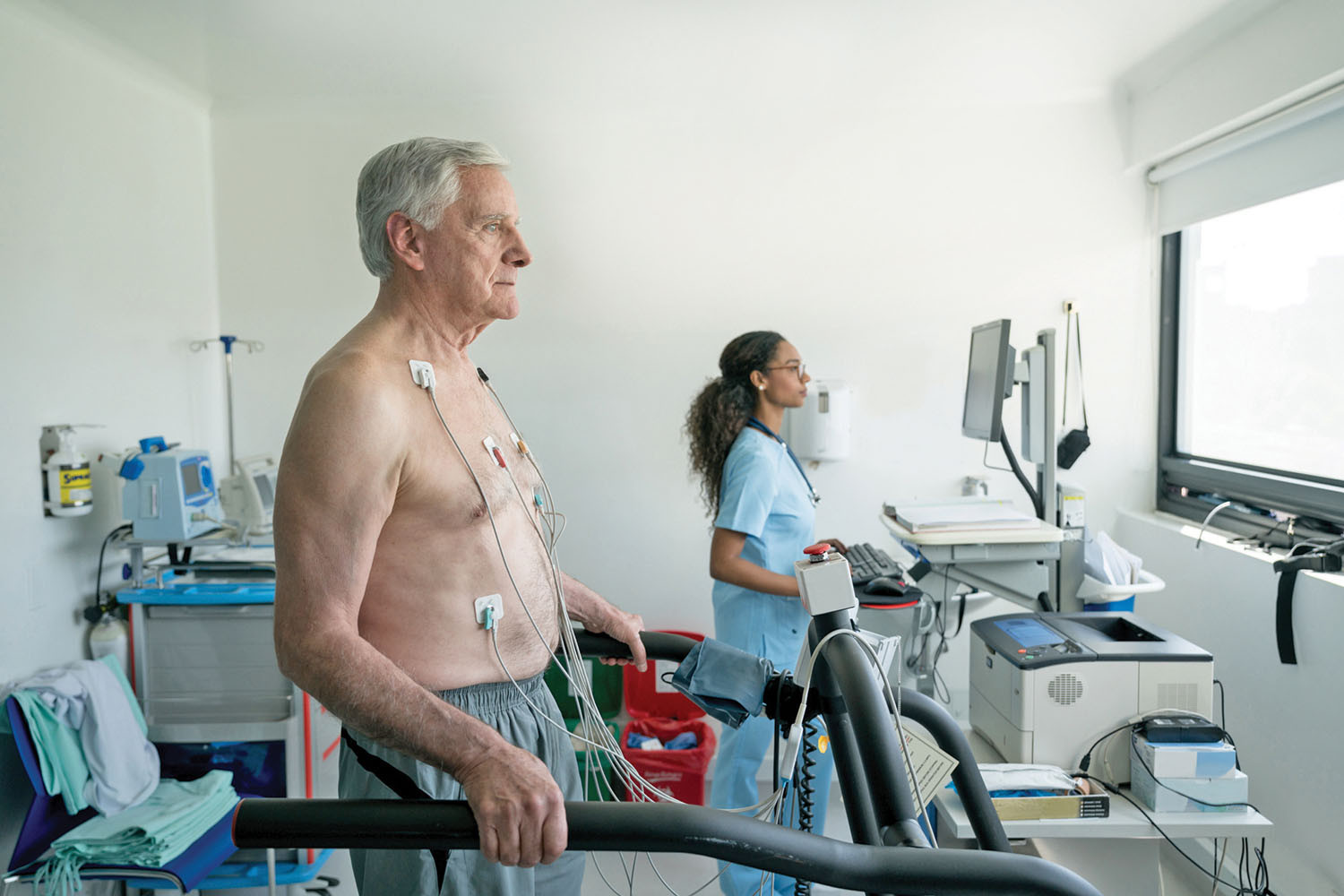
6. Echocardiography
-
Purpose: Uses ultrasound to create images of the heart’s structure and function.
-
Frequency: Conducted when symptoms such as shortness of breath or chest pain arise.
-
Importance: Detects conditions like valve problems or heart muscle weakness that could lead to heart failure .3.
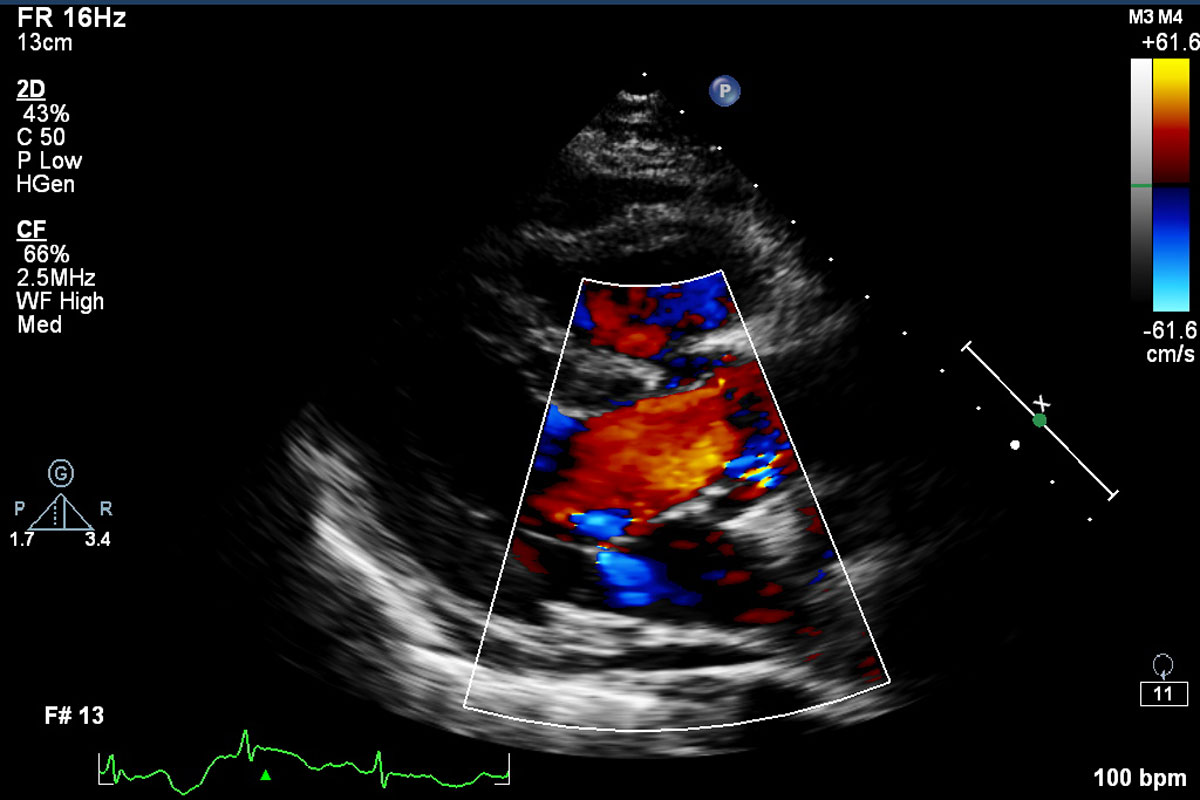
7. Ankle-Brachial Index (ABI)
-
Purpose: Compares blood pressure in the ankle and arm to check for peripheral artery disease (PAD).
-
Frequency: Recommended for individuals with risk factors like smoking or diabetes .12.
-
Importance: PAD increases the risk of heart attacks and strokes; early detection allows for lifestyle changes or medical interventions .12.
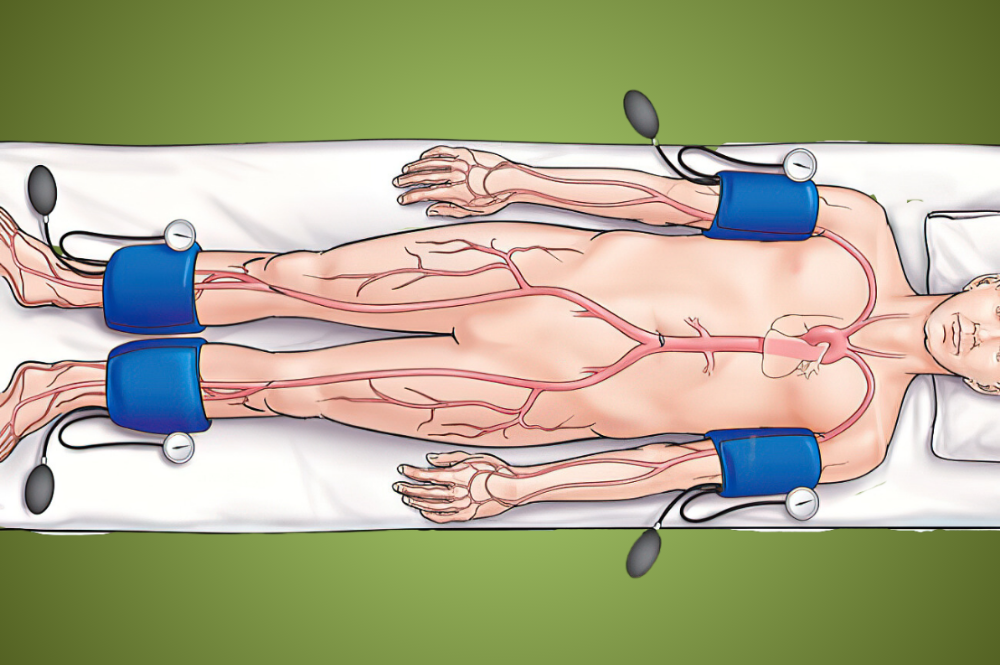
8. High-Sensitivity C-Reactive Protein (hs-CRP) Test
-
Purpose: Measures inflammation in the body that may indicate a higher risk of cardiovascular disease.
-
Frequency: Optional but useful for those with intermediate risk levels .3.
-
Importance: Helps assess long-term risks for conditions like CAD when combined with other tests .3.

9. Pulse Wave Velocity (PWV) Test
-
Purpose: Evaluates arterial stiffness by measuring how quickly blood travels through arteries.
-
Frequency: As needed for individuals with untreated hypertension or other cardiovascular risks .8.
-
Importance: Increased arterial stiffness is closely linked to aging and high blood pressure; managing it can reduce morbidity risks .







